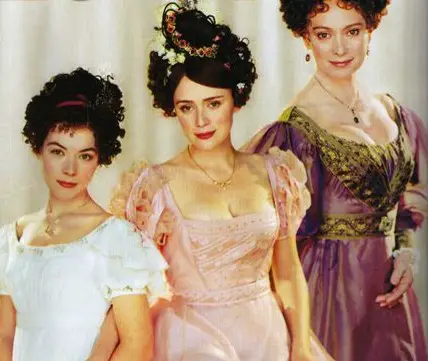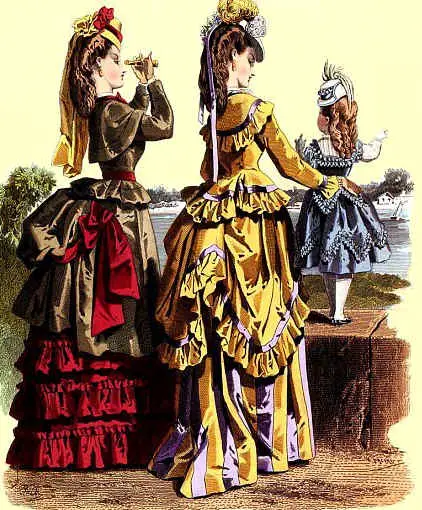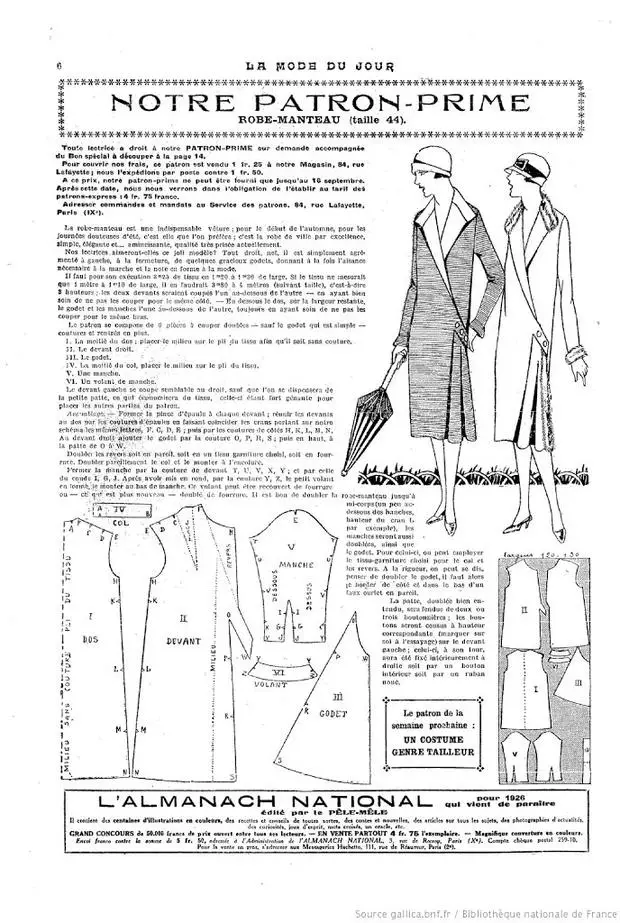The Victorian era featured many different changes in terms of style. It was probably due to its extremely long time period that it spans as Queen Victoria spent more years on the throne than any other monarch in the history of England. With that said, there were many significant changes made in comparison from the beginning of the era to the end.

Early on in the Victorian era virtually all clothing was created by hand. You were required to visit a seamstress or tailor to get fitted and they would create the clothing by hand. However, late in the Victorian era, and particularly by 1907, virtually all clothing was created with the use of machines. Many seamstresses had gone out of business or specialized what type of clothing they offered.


The benefits, however, to the machines producing many types of clothing is that for the first time you were fitted and sized and given a specific size that you were that was typically produced in a factory. These factories also produced much more lavish types of clothing for far less expensive pricing than what they would have been early in the Victorian era. Things such as lace were being mass produced, instead of all being done by hand which made the clothing more expensive. Therefore, even cheaper dresses often contained some type of lace or lavish trim.
Another thing that is worth noting in the style of the Victorian era is that by the end clothing was much more bright and vivid in color. Chemists by the late time of the era were making a wider variety of colors and dyes. This improved the look of clothing and gave more options to choose from.
As far as the overall look of dresses is concerned, there was a lot of difference there too. The beginning of the Victorian era featured dresses that were relatively simple with large hats, long sleeves and touched the floor. The middle of the Victorian era had much more lavishly decorated dresses. The dresses frequently dragged the floor with long trains.
Towards the end of the era, the dresses returned to being long and more simple, but the hats were given up and bonnet to their place in terms of popularity. Still, all dresses had long sleeves and never showed any legs. In fact, it was considered vulgar to wear a dress that showed any of your legs if you were passed the age of 16. Younger than 16 though, it was sometimes acceptable to have progressively shorter dresses. At the age of 4, it was acceptable to have a dress that went just below the knees, but never any shorter than that.
